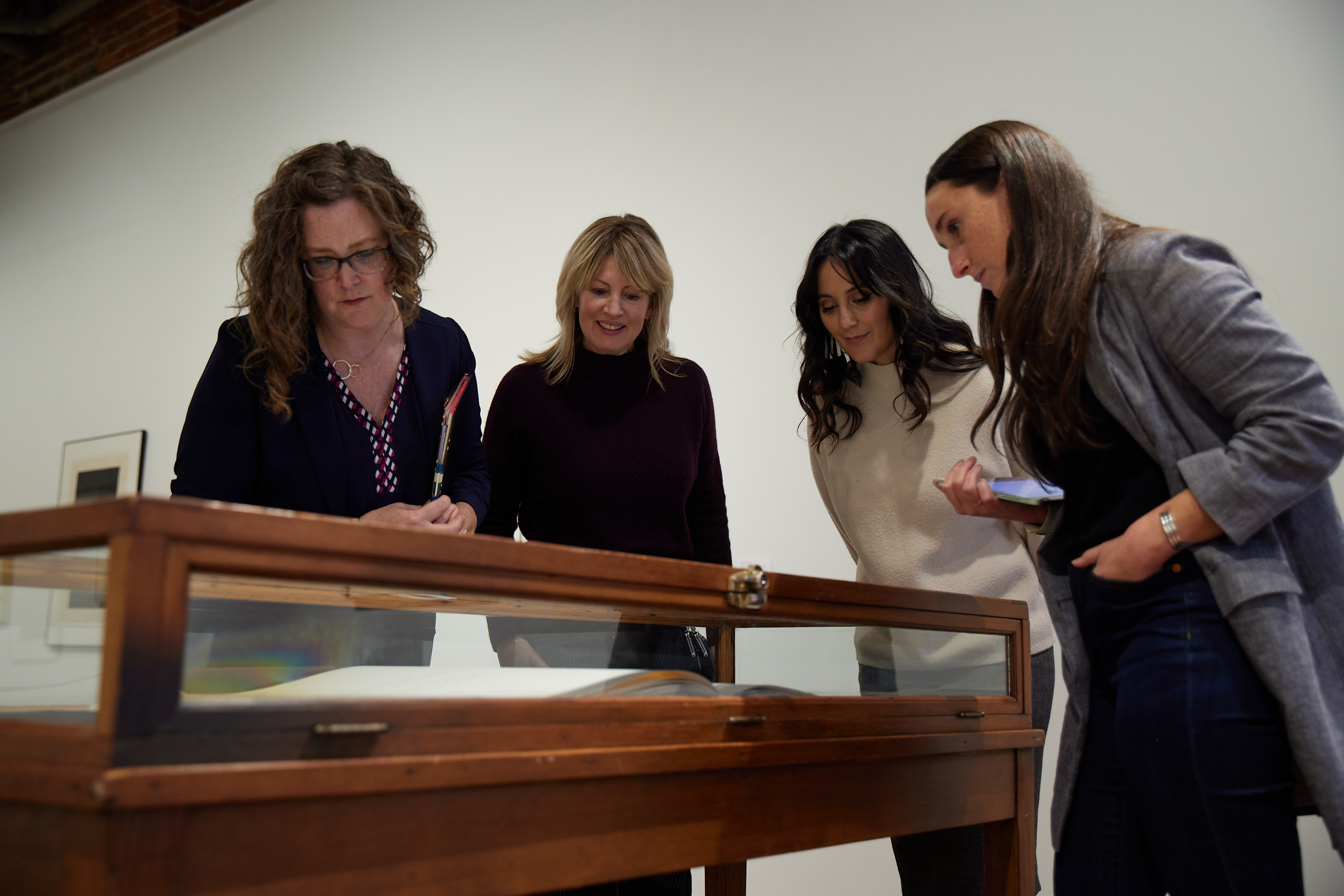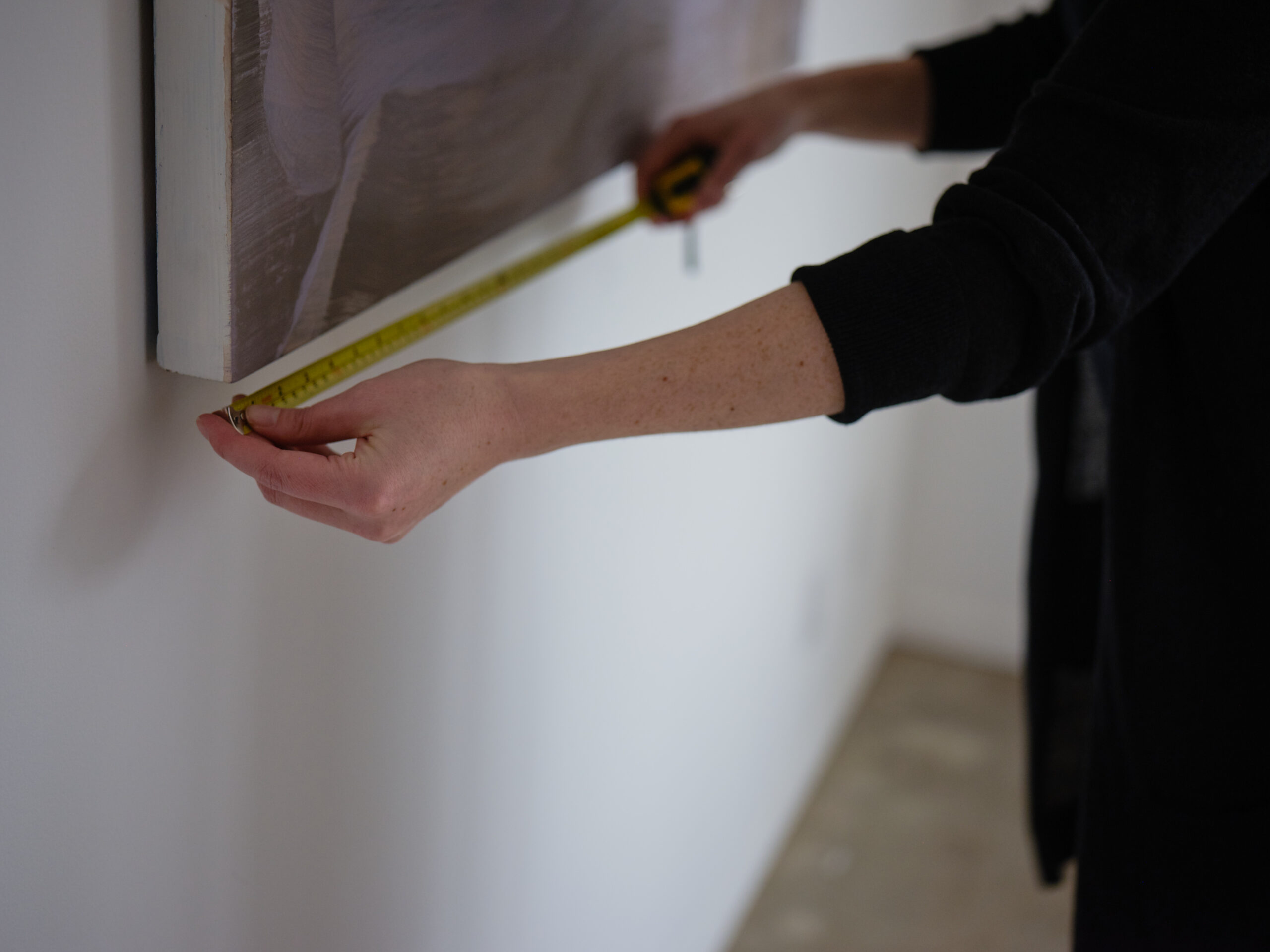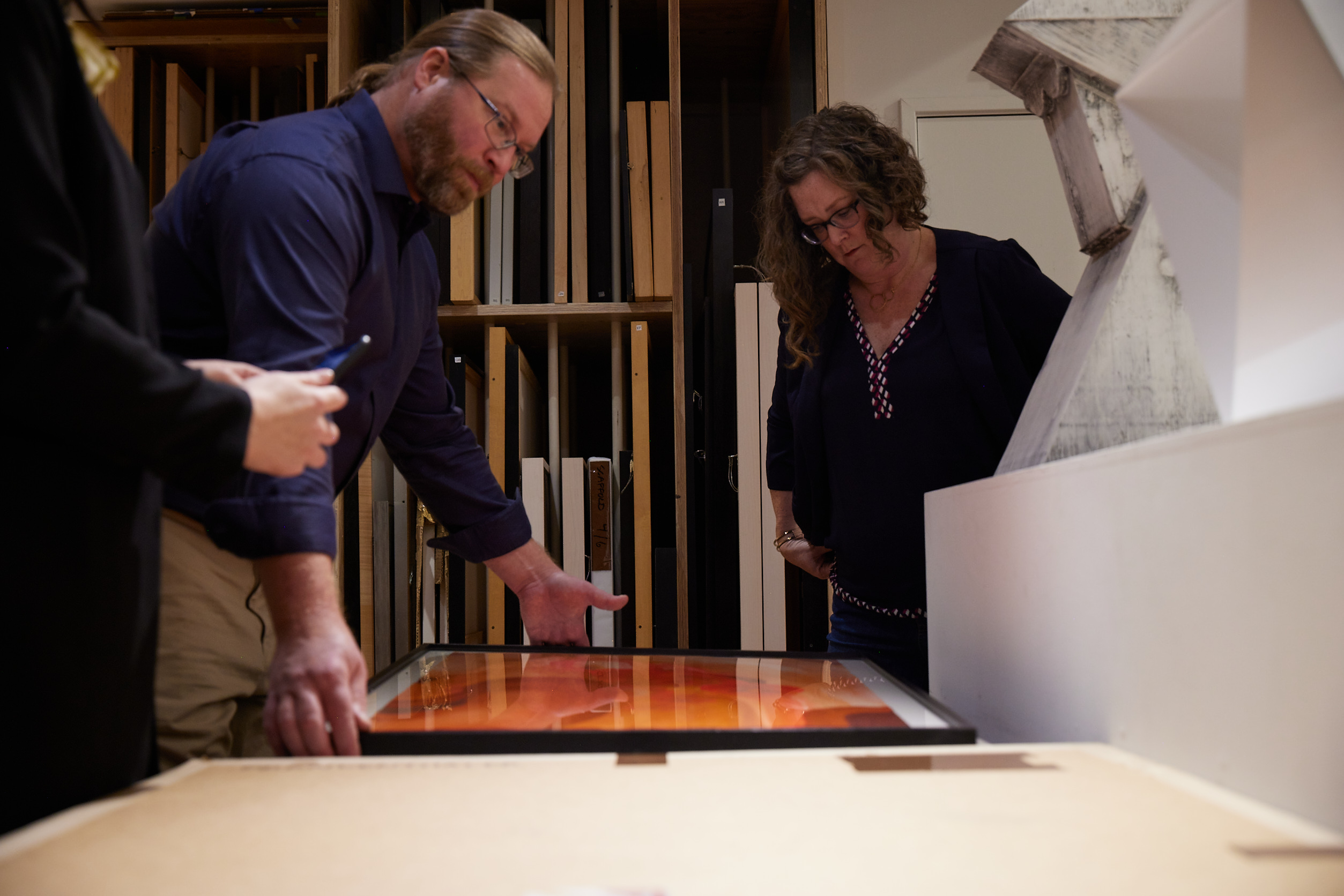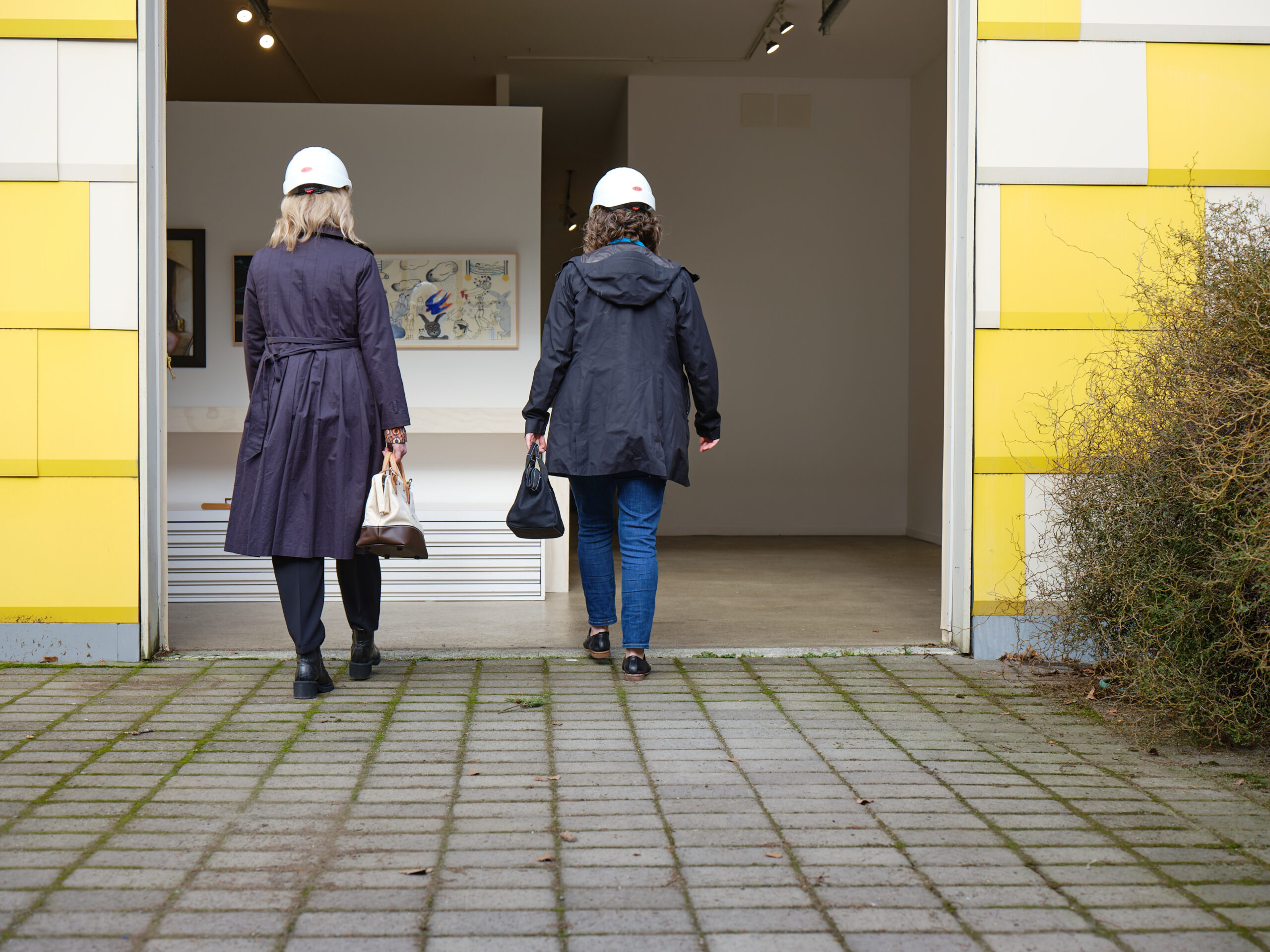
The Who, What, When, Where and Why of Deaccession
Art collections reflect the values and priorities of the institutions and individuals they belong to. Just as individuals grow and change over time, so do art collections. Collectors may evolve their mission based on changing institutional goals or realignment, or they may have to contend with practical realities like available storage or building square footage. In moments like this, art collectors may consider deaccession-the permanent removal of an accessioned object from an institution or an individual’s collection.
There are lots of reasons why deaccession may be a healthy part of an art collection’s life cycle. But how do clients begin this process? Who needs to be engaged? What factors are important when proposing an artwork for deaccession? When is the best time to act? Where will deaccessioned artworks go? The questions (and their answers) are as unique as the artwork themselves.

The Lumiere Group’s deaccession process considers stakeholder, collection, and artist needs on a case-by-case basis. To attain our client’s goals, we may follow up with some questions of our own:
- What are the project’s overall goals?
- What is the physical condition and location of the artworks?
- What is the market value of individual artworks, and, when it comes to stakeholder-owned collections: if artworks are sold…how can funds from their re-sale be legally and ethically used?
- What is the potential impact to an individual artist or artist’s estate of the sale of an artwork or artworks?
- Where can strategic donations maximize the visibility of deaccessioned artworks to the public?
- What level of transparency or anonymity would the deaccessioning collection need to maintain throughout the process?

Some collections may enjoy the benefits that public donation of art can provide, enhancing public image by highlighting an art collection’s largesse. For a number of distinct reasons, others may require discretion during deaccession. Either way, The Lumiere Group’s clients can always rely on our transparency and thoroughness throughout the process. Deliverables we produce may include:
- Inventories
- Condition reports
- Artwork Valuations
- Strategic or curatorial recommendations
To complete this work to the highest standard, documents we may ask for from the client can include:
- Documents that support or confirm ownership of artwork
- Documents related to the history of display or exhibition of artworks
- Correspondence and communication related to artwork provenance
- Certificates of authenticity
- Existing condition reports
- Existing appraisals
- Information regarding copyright or licensing and whether these are transferrable

For contemporary art, deaccession can be a sensitive process for stakeholders, artists, and community members. Art is personal and so is deaccession. When deaccession is guided by The Lumiere Group’s team, the process can result in renewed engagement and revitalization of collections and artworks. The Lumiere Group is proud of our demonstrated expertise in working with clients to determine goals, support deaccession practically and legally and ensure that artwork deaccession is both successful and fulfilling.